The history of Japan (日本の歴史 nihon no rekishi or nihonshi) is marked by significant political, social, and cultural events. When you think of Japan, what is the first thing that comes to your mind? Automatically, it is common to think of its great technological advancement or samurais, anime, or even shushi. But what events led to the Japan we know today? For lovers of this country and its history, I must say that you are in the right place.
Let's tell the history of Japan in Eras or Periods, which is the most common way to do it. It's impossible to cover all periods in detail, and we will also not mention the Paleolithic period and some other periods that had a short life. Our goal is to tell the history of Japan in a brief and quick manner. So, let's begin this quick and straightforward summary of Japanese history.
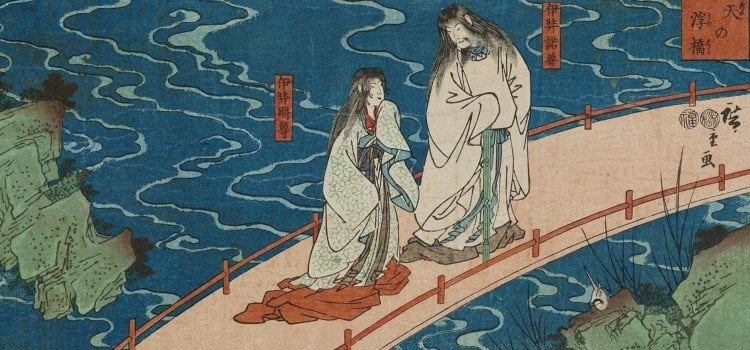
Table of Content
The beginning of the history of Japan
The main events begin in the Jomon Period (8000 B.C.), which is favorable since the Japanese often like to start their history from this period. Still living off hunting and fishing, they developed stone tools that facilitated these practices, such as polished stone. They also developed the bow, arrow, and spear. They lived in houses made of tree branches and covered with straw, placed in holes dug in the ground. During the Jomon period, they also began using pottery.
In the period known as Yayoi (300 - 500 B.C.), the use of metals alongside polished stone and agricultural tools began. However, with the arrival of immigrants, rice cultivation started, which brought about profound changes in the social, political, and economic life of the villagers, as collective labor was required for this work. As a consequence, there were divisions in social classes.
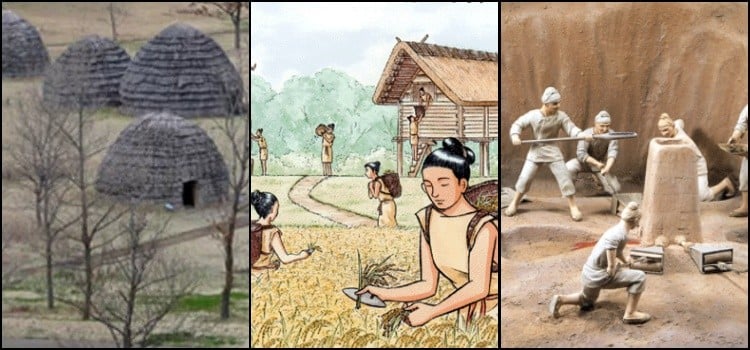
Curiosity: In ancient Japan, their territory was divided into clans. In historical documents, such as the Han dynasty Chinese document, Japan is referred to as "the country of a hundred kingdoms".
Kofun period (250 AD)
And from here onwards, it starts to be defined which religions and political regimes would be adopted in Japan. In the 4th century, the consolidation of Yamato occurred. Yamato began to exert dominance over various nations such as the north of Kyushu, the Yamato valley, and also Izumo. It is possible to say, due to evidence, that the origin of the emperors began there, in Yamato.
During this period, immigrants from China and Korea began to arrive to teach the Japanese the art of craftsmanship. From this, these immigrants brought not only their art but also Buddhism. It was during the Yamato dynasty that Japan experienced political unification.
Curiosity: Currently, tombs where emperors were buried are still preserved. One of the most popular is that of Emperor Nintoku, located in Sakai, Osaka.
Asuka period (500 AD)
During this period, the introduction of Buddhism takes place along with a series of conflicts throughout the country. Prince Shotoku builds a Hōryū-ji Buddhist temple, thus representing the beginning of the Buddhist presence in the country. This temple is located in the city of Nara.
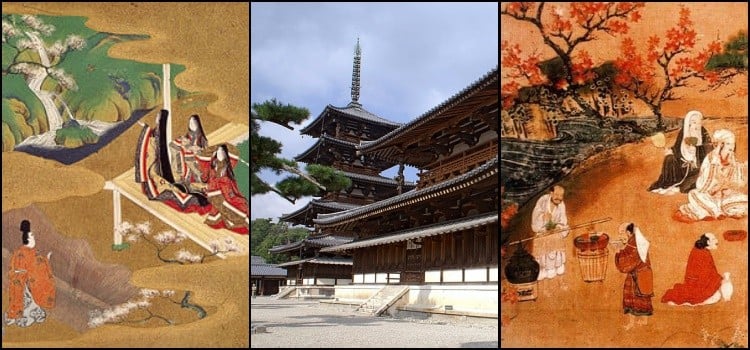
In 656, Emperor Kotoku initiates the Taika Reform. These events are used by historians to mark the end of the Asuka period. The Taika Reform introduced the Ritsuryō regime. During this period, there is also the sending of Japanese to China and the establishment of the divine figure of the Emperor. In the sixth century, Japan invades Korea, which was under strong Chinese influence, and assimilates much of its Korean culture. Before the Nara Period, the Hakuhō period (673 A.D.) occurs.
Nara period (710 AD)
In the year 710 AD, the city of Nara began to become the capital of Japan. Kyoto developed and transformed into the main political and cultural center.
There were small events after this period that had significant importance in the history of Japan:
- The beginning of the Heian period (784 AD);
- The consolidation of the Aristocracy (800 A.D.);
- Rise of the samurai class;
- Kamakura Period (1185);
- Genpei Wars;
- Mongol invasions of Japan;
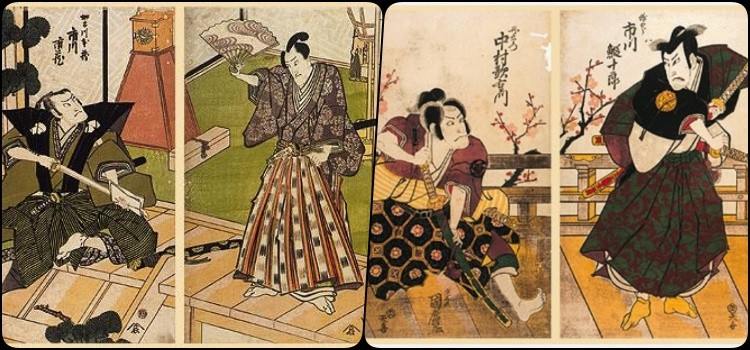
The Rise of the Samurai
In the 10th century, the Samurai emerged as a social class (Bushi). They established themselves in the government starting from the Taira clan (1167). The samurai followed a code of honor called Bushido. In this code, it was preferable to die with honor than to live without it. The Samurai ceased to be a social class starting in the year 1878, due to Meiji restoration.
Samurais really have a lot of history to talk about, but we need to continue with the vast Japanese history. The loyalty of the samurais to their code of honor and their skill with the katana is remarkable. Several wars and important events in Japanese history took place in the following periods; below I will list some important points:
- Kemmu Restoration;
- Muromachi Period;
- Sengoku Period;
- Oda Nobunaga;
- Battle of Sekigahara;
- Edo Period;
- 1603: Tokyo becomes the capital.
- 1871: Feudalism is abolished;
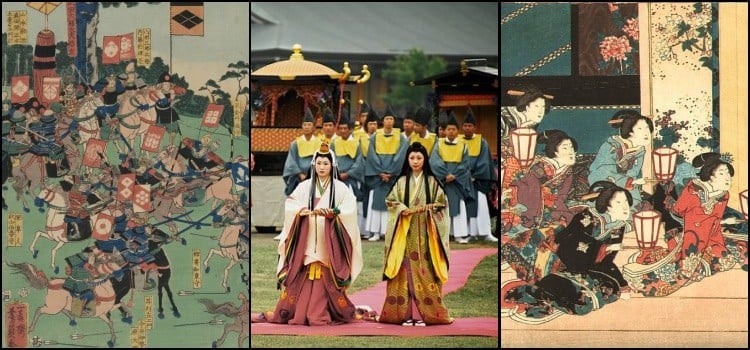
Modern period (1868 - 1926)
In 1854, Japan signed the Treaty of Kanagawa with the U.S., seeking the modernization of Japanese industry. This event led to Japanese ports, previously closed and Japan isolated, being opened. It was a time when, with the advancement of capitalism, new industries were needed.
In 1890, Japan established a constitutional government, based on the German constitution. Starting in 1900, Japan began to face issues related to urban concentration, with the resolution being the emigration of Japanese people to other countries (1909). In 1912, Emperor Meiji died, having ruled Japan for 45 years, strengthening Japan internally and modernizing the industrial, social, and political sectors in a short period during his reign.
With the death of Emperor Meiji, Japan is succeeded by Emperor Taishō. It was during his reign that Japan participated in World War I alongside the Allies.
During his rule, Taishō managed to monopolize the Asian market. His government is marked by highs and lows, such as democracy; economic growth and the rise of nationalist ideals.
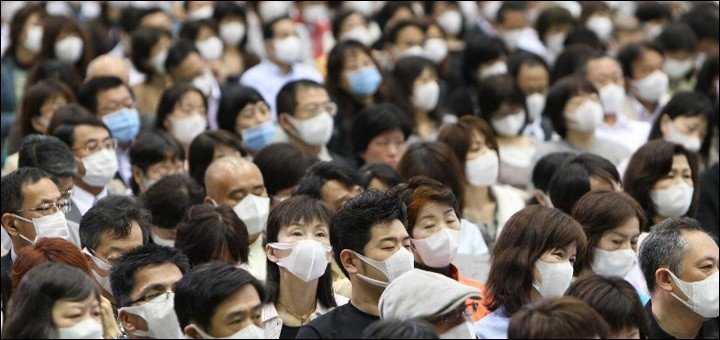
From 1921 to present times
In 1921, Emperor Taishō cedes power to his son Michinomiya Hirohito, due to health-related problems, with Hirohito's accession as Emperor. Japan participates in World War II, but its entry into that war was already doomed to failure. In 1941, Japanese air forces attack the US base at Pearl Harbor, declaring war on the United States and England. In 1942, Japan was showing signs of weakening due to the ravages of war.
Japan quickly recovered from the war and became one of the world's major economic powers. We then arrive at the Japan we know today, with territorial limitations and natural resource constraints, but with a strong and stable economy and industry. It was impossible to mention most of the important events in Japan in this article; perhaps some isolated articles on the site can help you learn more about Japan's history.
